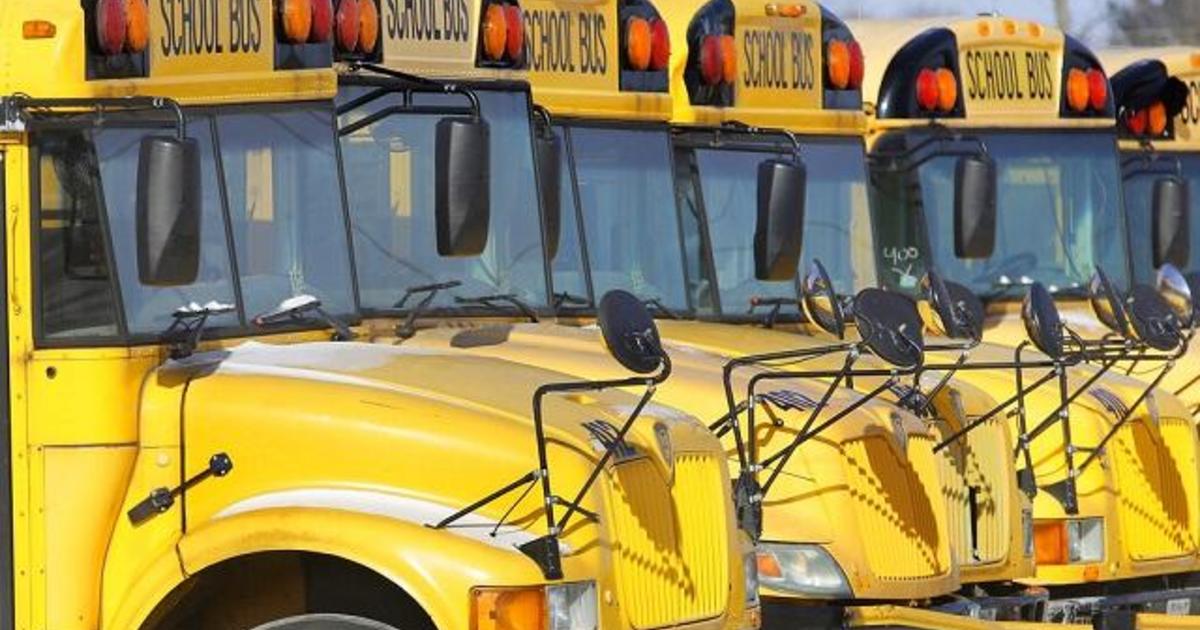Top STEM High Schools In The Country & How They Are Making A Difference
This past August, New York Lt. Governor Robert Duffy, State University of New York Chancellor Nancy Zimpher, and other dignitaries attended the ribbon cutting ceremony for a shiny new building on the SUNY Polytechnic Institute campus in Albany. The building is not another campus library or residence hall, it is the new home of Tech Valley High School. The school, which has been operating at two locations in nearby Rensselaer County since it opened in 2007, is a specialized public high school with a science, technology, engineering and math (STEM) focus.
Tech Valley High students, who are selected for admission by lottery, are drawn from 47 school districts in New York’s Capital Region. The graduating classes are small; total enrollment for the 2014-2015 school year is slightly more than 140 students. It is the North Coast demonstration site for the New Tech Network, a non-profit that provides support and services to high schools implementing project-based learning programs.
Tech Valley High students receive a well-rounded education, just as they would at their local high school, but they learn by completing projects that integrate science, math and technology with other content areas. In addition to traditional classes, such as English and art, students are offered courses such as biotechnology and environmental analysis, which combines environmental science and algebra with social issues. Included in the graduation requirements is completion of a digital portfolio, a senior project and 100 hours of community service.
The school collaborates with colleges and local businesses to offer students a rich, real-world experience. Its location on the Polytechnic Institute campus, notes Chancellor Zimpher, allows students to “… interact with top notch scientists, with top notch laboratory assistants and technicians.” Many Tech Valley High graduates continue their education at top-ranked colleges such as Cornell University and Rensselaer Polytechnic Institute.
According to the Community for Advancing Discovery Research in Education (CADRE), there are approximately 90 selective STEM high schools in the country. Unlike Tech Valley High, the admission process at these schools is rigorous and the student body exclusive. Many of these institutions were founded in the 1980s, prompted by the “Nation at Risk” report, which warned that students in the United States were falling behind in math and science. One such school is Thomas Jefferson High School in Alexandria, Virginia.
Thomas Jefferson High School for Science and Technology garnered top ranking in the U.S. News and World Report’s listing of top STEM high schools in the country. This annual survey calculates STEM achievement scores by calculating the number of graduates who successfully passed Advanced Placement examines in math and science.
Thomas Jefferson High, a state-charted magnet school, opened in 1985 to feed the demand for skilled employees in Virginia’s growing tech industry. Today, Thomas Jefferson boasts 13 science and technology research labs, including astronomy and astrophysics, nanochemistry and oceanography labs. Project-based learning gives students real-world experience while they acquire the skills and knowledge necessary to pass the state’s Regent exams.
Students are offered courses, many at the Advanced Placement level, in STEM fields as diverse as quantum mechanics and organic chemistry. Attendance at Thomas Jefferson includes a complete high school experience with a strong athletics program and other extra-curricular activities. Nearly all graduates of Thomas Jefferson High go on to four-year, often prestigious, universities. Members of the Class of 2013 can be found studying at Brown, Stanford, Cornell and MIT.
Some states seek to provide STEM-focused education to a broader range of students and have created inclusive STEM high school. Delta High School, in Washington State’s Tri-city area, is an example. Delta High does not require a minimum grade point average or other demonstrations of achievement. Students are selected by a blind lottery of all applications. As a result, the student body is diverse, reflecting the demographics of the school districts it serves.
CADRE notes that these specialized STEM schools make up just a fraction of the secondary schools in the U.S. With their rigorous curricula, highly trained teachers and multiple resources, these schools produce better results than traditional high schools in graduating students with STEM skills. CADRE suggests that secondary schools across the country could benefit by using these schools as models for strengthening their own STEM programs.
Gillian Burdett is a freelance writer covering all things home and living. Her work can be found on Examiner.com.




